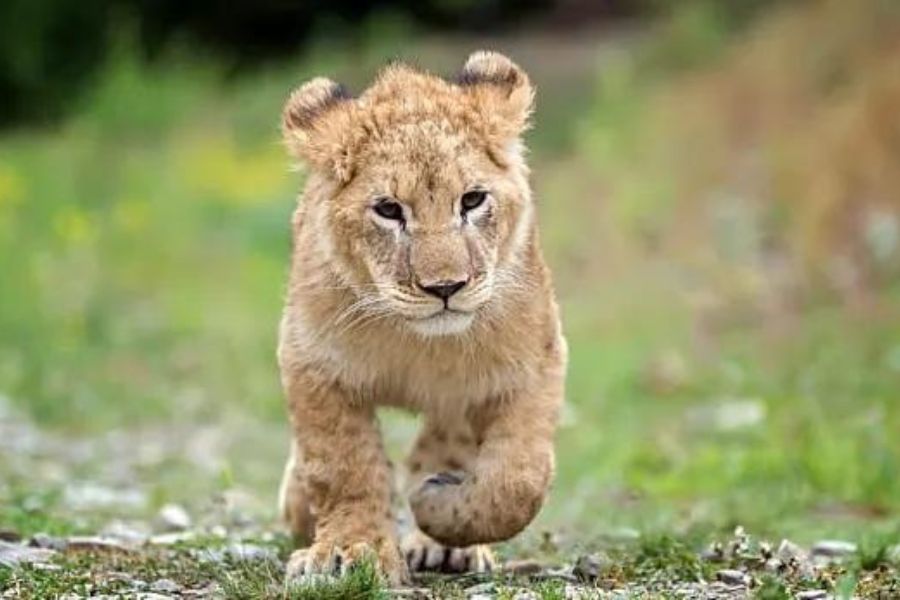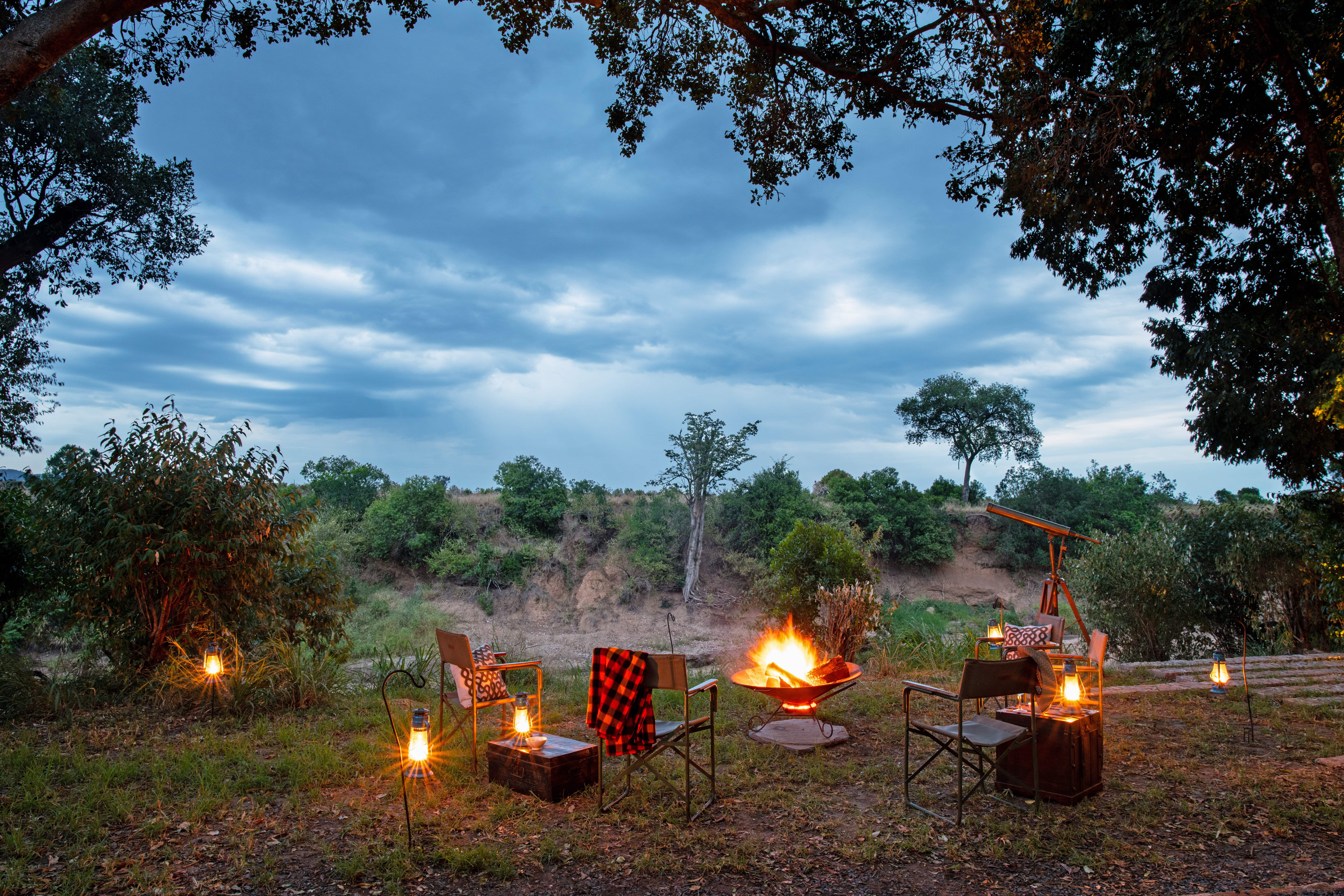Wildlife in Kenya is not confined to the parks and reserves alone, though it is generally more abundant in such areas. Although safaris tend to be routed through the reserves, you will often see plenty of wildlife outside.
On an arranged safari, you should have little difficulty recording between 30 to 40 species of mammals and at least 150 bird species. From the reptile family, you will likely see crocodiles and several large and small lizards, but you will have to search hard to find a snake despite having a whopping 169 venomous snakes recorded in East Africa.
Much of the land in Game reserves is a savannah, rich in pasture shaded with trees; the antelope herds are mainly found here. A remarkable harmony where several species can graze in the same land, each eating different grasses and herbs, and no one species is so numerous to interfere with the domain of others.
Antelopes are notably large and small; the largest – the Eland – weighs around 600 kg, a hundred times the weight of the dainty dik-dik.



Wildebeest, which is among the most numerous of antelopes, share their grazing with Zebra and are naturally gregarious, but the smaller antelopes, such as the Suni, oribi, and Duiker, are rarely found in significant numbers; indeed, they are almost always solitary or in Pairs.
These antelopes commonly inhibit patches of thick cover found in the Savannah, and some of them, like the Duiker, have evolved with shorter forelimbs, making their dive for cover easier. Duiker means Diver in Afrikaans.
Where there are antelopes, there are also carnivores – Lions, leopards, cheetahs, wild dogs, and hyenas. The latter, as much a hunter in his own right, is more familiar with the tag of a scavenger. Lion and Leopard are rarely found making a killing in daylight; however, not so for the cheetah, which needs to be able to see to use its principal weapon – speed.
As a visitor, you will also see a range of smaller carnivores – the serval cat, genet, and the jackals. Jackals are also predators, particularly the beautiful golden-backed (or oriental) species, which, again centrally to popular concept, rarely scavenges. Even the most common jackal, the black-backed, finds only one-third of its food from scavenging.
But of the predators, the average visitors first seek out the lion. But I can promise you that you will likely not be disappointed because the lions are common in most parks and reserves but nowhere more numerous nor splendid than in Masai Mara. Lions spend much of the day sleeping or dozing, becoming alert in the early evening, especially when feeding is needed.
Lions are remarkably catholic in their tastes. As a whole pride, they kill antelope and Zebra, but warthog, baboon, ostrich, and jackals are killed and eaten when hunting alone. A lion eats about 20-25kg at a meal, sometimes more.
Elephants range across a broad spectrum of habitats from the hot coastlands to the Aberdares & Mt. Kenya cold moorlands at 3600M. Very few other animals have this range. Elephants are found in most of the parks. However, herds of 100 or more can be found in Meru, Amboseli, and sometimes in Samburu. Despite their great size, elephants are particular when left alone.
The need to maintain its vast bulk (some 150 – 200 kg of forage daily) keeps an elephant on the move and constantly active – even at night, the constant search for food continues. It is this restlessness that makes elephant watch more rewarding.
The wanton destruction of the Rhino throughout Arica has severely reduced the Rhino population to the point where it has become necessary to relocate most of the remaining few into safe sanctuaries.
Nairobi National Park, Lake Nakuru National Park, and Tsavo National Parks (East & West) hold many Rhinos. However, it is still possible to find Rhino that has not been translocated in the Masai Mara and the Aberdares and Mount Kenya forests. Few visitors leave Kenya without sight of these shambling, unpredictable monsters. The best time to see them is in the early morning, for they return to the thick bush in the heat of the day as their heat absorption capacity is poor.
Giraffes roam the Savannah with little competition for the tender leaves of the Acacia trees, their principal food. The reticulated species, found north of the Equator, must be one of Kenya's most striking animals. The lakes, swamps, rivers, and riverine forest support their specialized wildlife.
Hippos, of course, irritable and fussy, share their habitat with the little-loved crocodiles. The largest crocodile concentration is in Lake Turkana and at Sibiloi Park. The numbers are exceptionally great, with as many as 50 – 60 crocodiles per kilometer of beach. Crocodiles feed primarily on fish, of which our rivers and lakes hold considerable variety.
The Nile perch found in Lake Victoria and Turkana is the most notable species reaching enormous proportions - 50 kg specimens are quite common.
The cape (or African) buffalo, judged by most hunters to be the most dangerous of the big game, inhabits grassland where there is preferably thick cover and swamp in which it lies up. Still, like the elephant, it is also adapted to life in dense and cold forests. Yet ferocity is not the mark of buffalo in groups. Their herds, which can be numbered in many hundreds, are pretty timid.
Hippos, irritable and fussy, share their habitat with the little-loved crocodiles. The largest concentration of crocodiles anywhere is in Lake Turkana and Sibiloi Park. The numbers are exceptionally great, with as many as 50 – 60 crocodiles per kilometer of beach.
Crocodiles feed primarily on fish, of which our rivers and lakes hold considerable variety. The Nile perch found in Lake Victoria and Turkana is the most notable species reaching enormous proportions - 50 kg specimens are quite common.
This is not the place to describe wildlife's wealth in detail. Suffice to glimpse this outstanding pageant in anticipation of a visit. The significant parks (Tsavo, Amboseli, Masai Mara, Samburu, and Meru) all feature not less than 50 species. Still, there are other areas, such as Maralal and the Tana River primate reserve, where there are as many species but less abundance.



